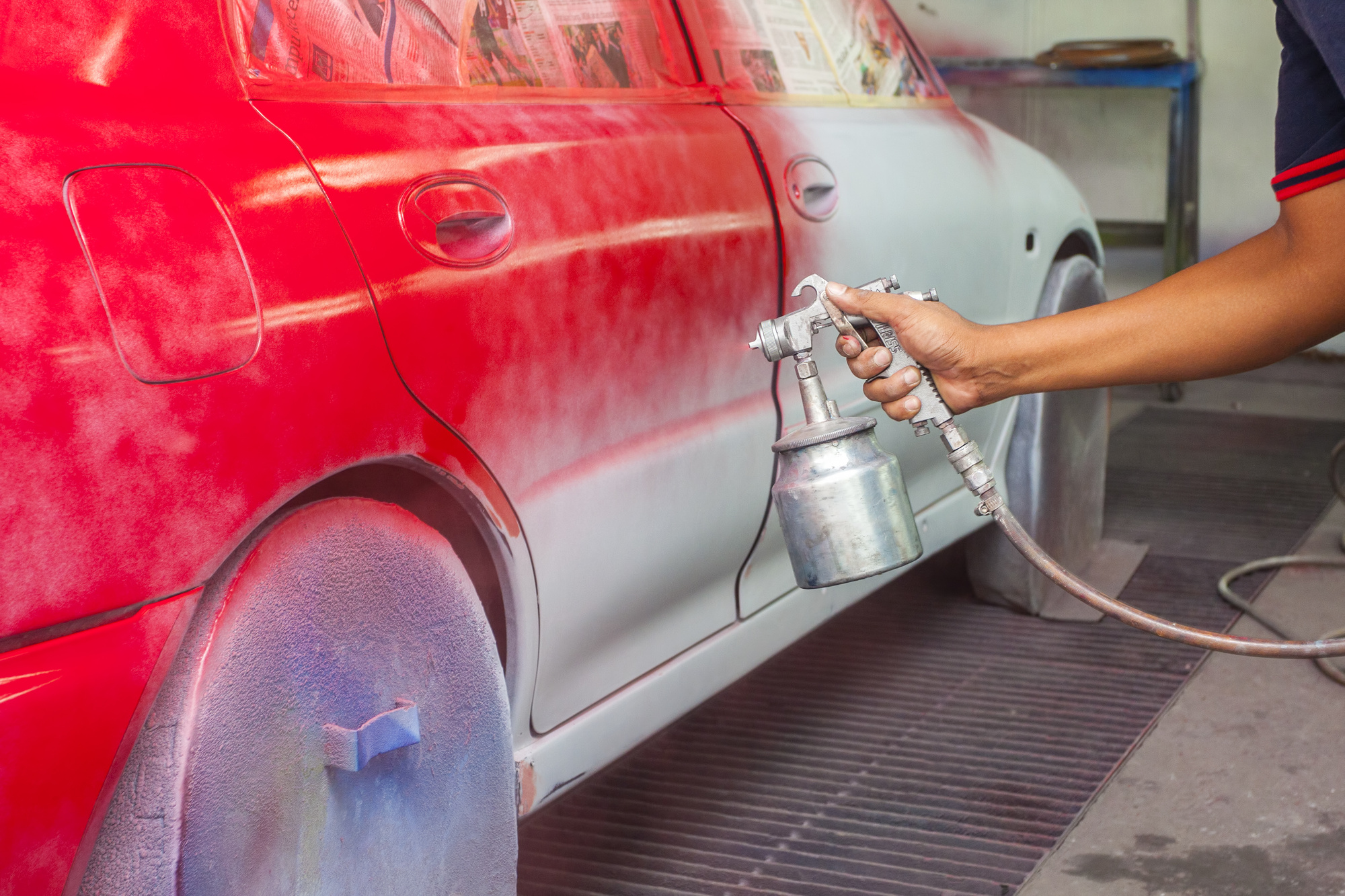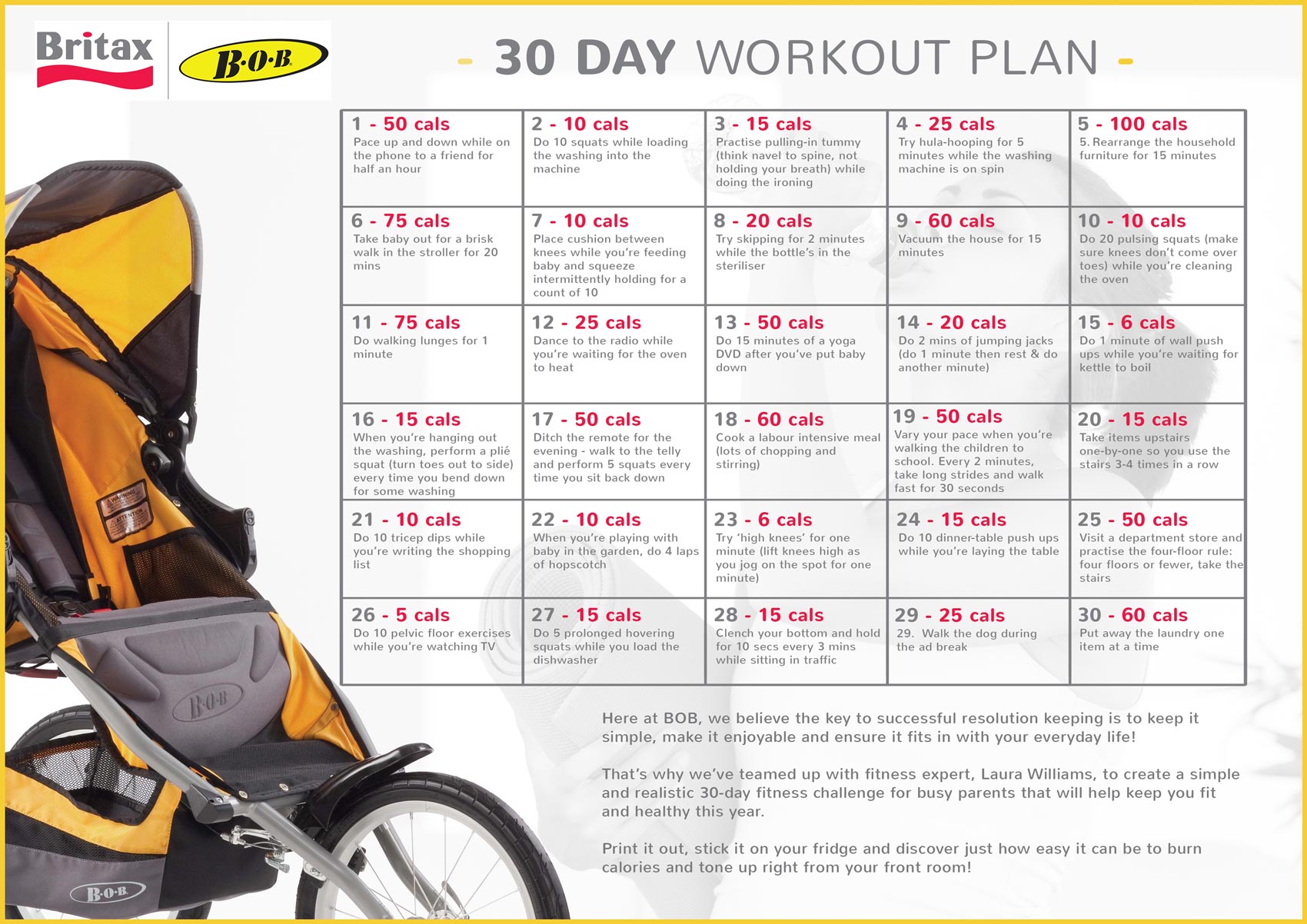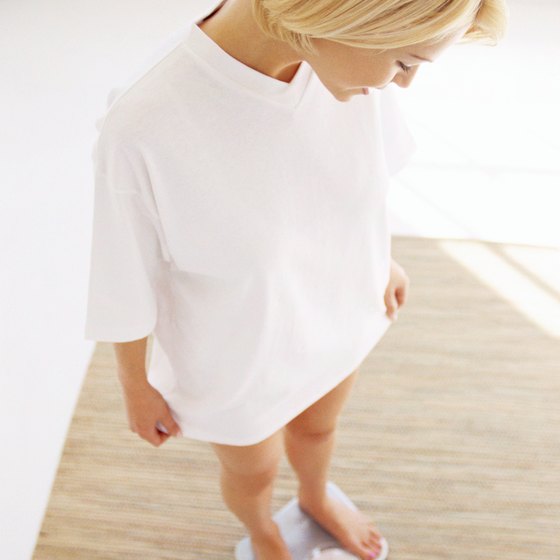When you're starting a paint project you once again have a few options. If this is the case, you can usually sand down the paint on the car, smoothly and evenly, and paint over it using most of today's modern paints. Don't forget that some new cars get damaged and spot-painted—sometimes even body-worked—at the dealer before being sold. Hopefully such work has been done properly, with good catalyzed paints, primers, and sealers. If so, it can be painted over like the rest of the car.
If not, you probably won't know it until it wrinkles or lifts while you're painting the car. So some painters suggest not stripping the vehicle to bare metal (especially inside-and-out, as in immersion stripping), so that you don't remove these tough factory undercoats. It pertains to older vehicles, or ones that you know have been damaged and bodyworked. If the surface is shiny and fresh, and you want to repaint it, I can only assume you just bought the car and paid for a paint job you didn't want.
Don't compound the issue by immediately stripping this paint off only to find what you consider to be an excessive amount of filler underneath. Lots of good paint jobs, even by big-name builders, have filler under them. It's the most expedient way to get a super-straight show-winning body and paint job. But the majority of these cars are stripped to bare metal to begin with, metal-worked pretty close, and then the filler and other undercoats are added properly. If you strip all this off, you're just erasing several man-hours of work that have to be repeated, either by you or someone you'll have to pay big bucks by the hour. If somebody has already spent a lot of time bodyworking, priming, and sanding the car, you'd be nuts to strip all that out and do it over again, right?
Now, if there's rust under there, or the filler's an inch thick, it's a different story. The body needs stripping to start, and more work after that. To prepare your car for paint, you'll need to sand away the old finish and add a few coats of primer. If you're only touching up a small patch, use a sanding block, but if you're painting the whole car, you'll want to use an electric sander. Buff the surface in small circles until you can't see any shiny patches or lines.
Then, wipe away the debris left over from sanding with a clean, wet rag. Once the car's clean, cover the areas you don't want to get paint on with masking tape. After you've protected those areas, apply a base coat of automotive primer using a paint sprayer to help the paint adhere. Wait minutes for it to dry, then apply another 1 or 2 coats. Whether you're touching up a couple scratches or looking at a whole new paint job, there are a few important steps to take before you can begin painting a car. Start by building up majorly-damaged spots with a body filler putty and sanding them smooth.
Then, scuff the entire painting surface with a sanding block or orbital sander to remove the old paint and prepare it to accept a fresh coat. Once you've stripped your vehicle, spray on 2-3 coats of a suitable automotive primer, which will help your new paint stick and show it off in all its glory. The second—and usually better—option is to thoroughly sand whatever paint is on the car, then cover it with a good sealer followed by a modern catalyzed primer. However, most cars needing a paint job also have dings, door dents, scrapes, or other surface problems that won't simply sand out. If the paint on the car is multilayer, old, or otherwise edgy, give yourself extra insurance and add a coat of sealer before the primer. Then you can use some catalyzed spot putty where necessary over the primer and start block sanding, as we detail in following chapters.
Most of my early paint problems, when painting over existing finishes without stripping, occurred because I was using lacquer primer and lacquer paint. We talk more about this later, but lacquer solvents are extremely aggressive, and lift or wrinkle all kinds of underlying paints, especially older non-catalyzed ones, including old lacquer. For both of these reasons, modern paints really are better, especially if you're spraying it over existing paint. If you plan to strip paint from the car's bodywork, use 1,200-grit paper or sanding pads to quickly remove the clear-coat and paint.
To avoid the headache of trying to match the paint you want to apply to the existing paint on the car, you'll need to remove the primer and expose the bare metal. The paint on older cars may be incompatible with modern water based paints and gel coats. Better to be safe than sorry – do it right and do it once. In most cases, you should get down to bare metal, like when you're working with body filler, for instance.
Sanding your repaired area to bare metal ensures that you'll have a reliable repair that will last much longer than the parking lot job that just slapped a patch over the damage. Some coats of a good primer will make it even stronger. If you want to do it yourself, you'll need a well-ventilated area where dust and dirt won't fly onto the wet car and ruin the new paint job while it's drying. You'll also need sandpaper to remove any grime or rust, masking tape to precisely outline the area you're painting and to cover anything you don't want to be painted. You'll also need a spray gun, primer, and glossy car paint. Different types of primer for a car are available.
The high-build primer is very thick and will be the best at creating a coat to hide the original paint. However, having glossed paint that hasn't been sanded will make it harder for any of the primers to stick well to the car. To get the primer to stick over paint could take up to four or five layers before being able to fully stick and cover up the under paint. Taking even a light wet sander over the original paint will help with the High-Build primer process. The last type of primer, known as wash etch, will not help in this situation as it is for bare metal and repairs, which this situation has neither.
At Precision Restorations, one of the most common questions we get asked is if a car's existing finish can be painted over, or if it needs to be stripped down to bare metal. For cars with extensive rust damage that require sheetmetal repair, the obvious answer is to start from bare metal. However, on cars that already have a presentable paint job, the answer isn't as clear cut.
Fortunately, knowing exactly what to look for makes it easy to determine whether or not your project car's paint finish needs to be stripped. Let's look at some examples that do need stripping. In this case the car obviously has been repainted, probably fairly recently. However, both the top layer and one or more underlying layers are split and peeling up.
We don't know exactly why, but something was not done properly during some stage of the preparation for this paint job, and that stage—filler, primer, whatever—is not adhering. I would strip this car to bare metal, by any method, before repainting it. I've had luck in wet sanding an existing paint job in a small spot, and reapplying clear coat. Tonight I had to attempt to put a bit of color on an area.
I had such good results in wet sanding and reapplying a clear coat, that I figured I was up to spray a little primer on and color, then clearcoat. Primer went on fine, but to my horror, the blue base coat immediately pock-marked, leaving large circles with primer showing through. I'm hoping a 2nd coat will at least get everything a uniform color, even if it's the surface of the moon. Allow 30 minutes after base coat color has been applied to apply the clear coat.
Apply 4-5 wet coats waiting 10+ minutes in between coats. Each coat should be dry to the touch before moving on to the next. Do not touch the freshly painted panel to test, you can touch the tapeline. Hot weather will shorten the dry time, cold weather and/or thicker film build will extend the dry time. Skipping the dry time may result in a color mismatch, heavy orange peel texture, and/or a loss of gloss.
You may wet sand out orange peel and light texture, or dust embedded in the clearcoat film with 1500 wet sandpaper and then use rubbing compound to bring out the gloss. Always choose a high-quality automotive primer that's developed for use on metal surfaces, and make sure the area you plan to paint is cleaned thoroughly before you start. Typically, you should apply two or more coats of primer to ensure the bare metal is completely covered. If you're painting plastic, you'll need a specific plastic primer. This is a special process that requires baking a kind of plastic dust onto statically charged metal. It's not used on exterior finishes usually (it'd be a massive job!) but Is very commonly used on small parts that need a durable finish, or on wheels and the like.
Paint shows everything, down to the finest detail. If your car has rock chips, scratches or other flaws, you can't just paint over it and expect it to go away. In fact, they usually show up even worse than before. Paint will show down to about 220-grit sanding scratches, which is why most paint jobs are taken to 320 or 500-grit before the base color is sprayed. If the old paint is peeling or checked , then you need to strip it completely. Bad paint under new paint will always show though and eventually those same issues will come back with a vengeance.
There are lots of car people who will say that a coat of primer is worth applying 100% of the time before you spray your final paint coats. Primer is very valuable in most cases, but if you're completing a very small repair involving minimal molestation of your car's sheet metal, primer may be overkill. Worse than that, it could make your repair harder to complete. Consider a small repair that was not sanded to bare metal.
The smaller the repair area, the tougher it can be. Sometimes two coats of primer can raise the repair area enough to make it far more difficult to hide well. Depending on the type of paint you plan to spray, you may need additional tips and nozzle caps for the gun. Some paint guns come with tips and nozzle caps to spray heavy primers, while others are better suited for spraying lighter-bodied paints and clears. For lacquers, enamels, urethanes, basecoats, and clearcoats, you'll want a spray gun with a 1.3 to 1.5mm fluid tip.
For spraying water-based automotive paints, you'll want a spray gun with a 1.0mm fluid tip. For heavy paints and primers, a spray gun with a 1.8 to 2.2mm fluid tip is ideal. We sprayed onto a sample sheet to compare colors prior to applying the final paint. - This is a common question, and with so many different paint manufacturers producing so many different types of primer, it's a completely understandable one. The simple answer is that your choice of primer should depend on what you are applying it to, as well as what's being applied over it.
For bare metal, it's best to use an etching primer as this will allow the paint to really adhere to the metal surface. Some paints don't actually require the use of primers, though it's never a bad idea to add a little more protection and increase your paint's adherence. It's not as simple as using spray paint, masking tape, and a can of Rustoleum. Missing or rushing any of those steps can prove disastrous for your vehicle.
You cannot spray paint over anything else and expect it look good or even stick to the car. When preparing a body for paint, there are several primer coats. This stage gets scuffed for filler primer or surfacer, which is a heavier primer that is designed to go on a little thicker and get block sanded. This is for filling sanding scratches, not dents, dings or chips. The car gets block sanded, primed again, and block sanded again. The last surface coat before paint is the sealer, which seals all the primer and provides a uniform coat for the paint.
Leave it out, and you will get rings around your body works. Having said that, most automotive paints will come with the same ideal ambient and panel temperature of 22°C. Anything above and below these temperatures, drying time and cross linking can be radically affected. However, you should be wary of starting with a panel temperature much high or lower than the ambient temperature , as this will dramatically affect curing. But this option we're discussing pertains to vehicles that you know or suspect have had some bodywork done, and you assume it has been done properly because nothing indicates otherwise. In such cases I suggest not stripping the car because most types of stripping either remove existing filler, or "infect" it with chemicals so it must be removed.
Opinions differ on this issue, but I think it's smarter to be an optimist. Given that you've checked carefully for any real gremlins, and the body looks good the way it is, sand it down and repaint it. Even if it's a little wavy, do your block sanding on what's already there, if it's a stable surface. Add some high-fill primer or spot putty, as needed. But consider yourself lucky you didn't have to go through the major job of stripping and a bunch of arduous bodywork. For an inexpensive paint job, preparation will be minimal, and the shop might not include repairs to rust and door dings.
The glass area and other non-painted exterior trim will be covered up before repainting, but that's about it. Just understand what you're paying for, and check to see if there's any kind of warranty on the work. Google "how much does it cost to repaint a car," and you'll find that there are national chains that charge only a few hundred dollars to paint your car or truck.
This might not be a bad option if you're on a tight budget. But know that there are plenty of potential pitfalls to slapping a cheapo paint job on your car or truck. For starters, the quality of the paint might not match what was originally used on your car. Most newer vehicles, for example, have a clear-coat finish that adds extra work to the repainting process if you want to do it right.
Can You Just Paint Over Old Paint Add some repairs to exterior dings and small dents, and these steps can bump the price from several hundred bucks to well over a thousand. If the surface still has extensive rust after all loose rust has been removed, start with Krylon® Rust Protector™ Rust Converting Primer or Krylon® Rust Tough® Rust Fix. This primer chemically changes rust into a waterproof, paintable surface.
Spray directly over the remaining rust to protect against further corrosion. Apply multiple thin coats to prevent runs and drips. This primer sprays on clear and dries to a black primer finish.
After 24 hours, topcoat with your choice of paint color. Surface can be sanded lightly before applying topcoat, if desired. Sand the paint either to the bare metal, the original primer, or at least sufficiently for the new paint to adhere. Dry sand using 180-grit sandpaper to remove rust or surface damage before moving on to a 320-grit paper to remove your previous 180-grit scratches. Whichever method that you decide, follow it up using 400- to 600-grit sandpaper to sand the paint to prep the existing paint surface for the new coatings to be applied. You will need to remove the primer and expose the bare metal to avoid having to match the paint you want to apply to the existing paint on the car.
Older cars may not be compatible with modern water-based paints and gel coats due to their paint. It's better to be safe than sorry – do it right and do it again. The only question, given this fourth option, is how to strip the body. The costs to paint a car vary depending on where the work is done, the size and complexity of the vehicle to be painted, and the quality of the paint job itself.

















































